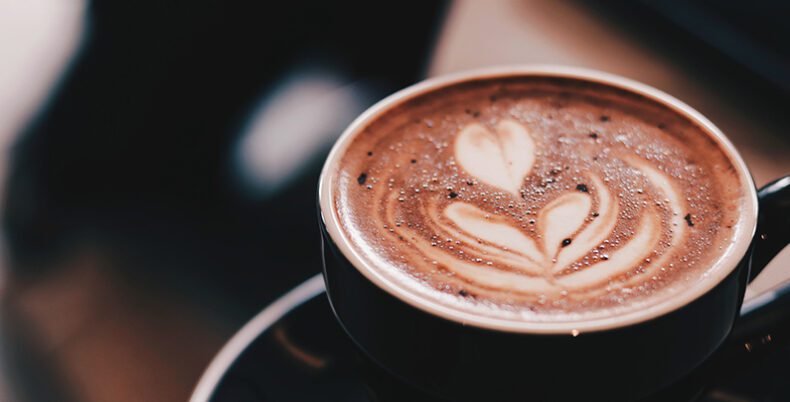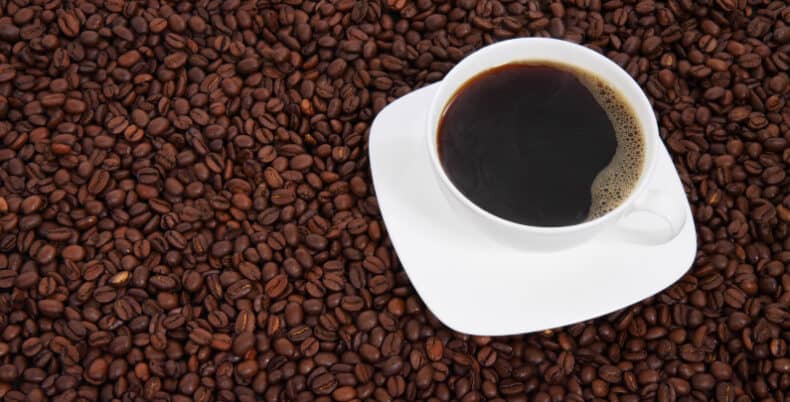
A Beginners Guide To Coffee Beans
You’ve probably heard of coffee and how it’s a popular drink. Now, you might be thinking: “If I’m drinking coffee, why should I care about the beans?” That’s a fair question. The answer lies in knowing how to pick out the right beans for your needs and what to look for when buying them. Bean Good’s beans are suitable for any type of coffee you want to make out of the many different types of coffee beans that can be used to make coffee. We choose the best beans and roast them to give you a robust coffee flavor like no other, whether you’re grinding the beans for a French press, a moka pot, or any other brewing equipment.
The Essential Coffee Bean Buying Guide for Beginners
It’s safe to assume that the reasons why good coffee appears like a dream to people vary from person to person, given the wide variety of variables that might affect the process of preparing or brewing it. Reasons include portability, small size, and time constraints. There is a consequent requirement to supply a user-friendly manual for novices to use in choosing and utilising their coffee prior to utilising any brewing procedures. An introduction to recognising high-quality coffee beans is provided here.
The History of the Coffee Bean
When discussing the full range of coffee bean qualities, one must look to their origins. Given that the climate, soil, and weather conditions where the coffee beans were grown, picked, and kept all play a role in determining the final flavour profile of the brewed beverage. The distinction between Arabica and Robusta coffee beans is an additional fact worth knowing. How and where the coffee beans are grown have a significant impact on the final product’s flavour, intensity, and acidity.
Arabica and Robusta
Coffee beans are classified into two types: Arabica and robusta. Arabica is the best, but it’s also more unique. Robusta has an amazing unique flavor—it’s less sweet than Arabica. If you’re looking to save money on your morning cup of Joe, you can surely count on our coffee beans.
Processing the Beans
Processing the beans is a key step in the process of getting your coffee ready. You will know how this affects the final product, and you should also know what kinds of processing methods are available.
Roasting: The roasting process is one of the most important parts of brewing your own beans, as it changes their flavor significantly. Roasted coffee beans have more depth than their raw counterparts, with stronger aromas such as earthy notes and chocolate notes being present in every cup you drink. This can be achieved through various methods, including direct fire (drying out), indirect fire (heating up) or vacuum-sealed bags (preventing oxygen from entering).
Flavor Profile: When roasted longer than usual for your preferred method of brewing, darker coffees tend towards blackish browns while lighter colored ones turn into yellowish browns instead. However, these changes do not affect their overall quality so much as they do give off different flavors depending on how long they’ve been heated up!
Roast the coffee beans.
Roasting is the process of heating the beans to a temperature that causes them to change color and flavor. There are two types of roasting, light and dark. The darker roasts have more intense flavors, so if you want a stronger-tasting cup of coffee, go for a darker roast!
Types of Coffee Roasts
Light Roasts
Light coffee roasts are roasted at 350°F to 400°F for less time. Light roasted foods are not roasted for a long time at high temperatures, so they are not oily. They’re light brown. Longer roasting a bean’s caffeine and acidity. Light roasts are caffeinated and acidic. Lightly roasted coffee beans are used in specialty coffee enterprises and cafes to create unique flavours.
Medium Roasts
Medium-roasted coffee beans are roasted at 410-425 degrees F. Medium-roasted coffee beans are less acidic than light-roasted. Medium-roasted coffee beans have balanced flavors, so most coffee drinkers choose them. This medium-brown roast is flavorful and non-oily. Americans favour medium coffee roasts, hence they’re called American roasts.
Dark roasts
The optimal temperature for roasting a dark coffee bean is between 430 and 460 degrees Fahrenheit. This is a heavily roasted coffee with a small tinge of spiciness in the taste. You can see the oily texture on the body. With a rich flavour and a sweet taste, this dark roast type of coffee is ideal for making espresso and French roast. Also, the dark roast type of coffee possesses the least amount of caffeine, as it has been roasted at high temperatures for a long time.
To be a good coffee bean, there’s a lot of factors at play.
Before you can start brewing coffee, it’s important to understand some of the factors that go into making a good cup. Coffee beans come from different regions around the world and have different qualities depending on their origin. The type of person who drinks coffee also makes a difference in how the bean will affect the brew: if you’re an espresso drinker, your tastes might be more refined than those of someone who prefers lattes or macchiatos (and vice versa).
With all of these factors, it’s easy to see why the process of growing coffee beans is so complex. That’s why we have different types of coffee beans just for you. If you are thinking of trying some premium coffee beans, you can just click on the link given below and find your best fit. https://beangood.in/product-category/coffee-beans/






